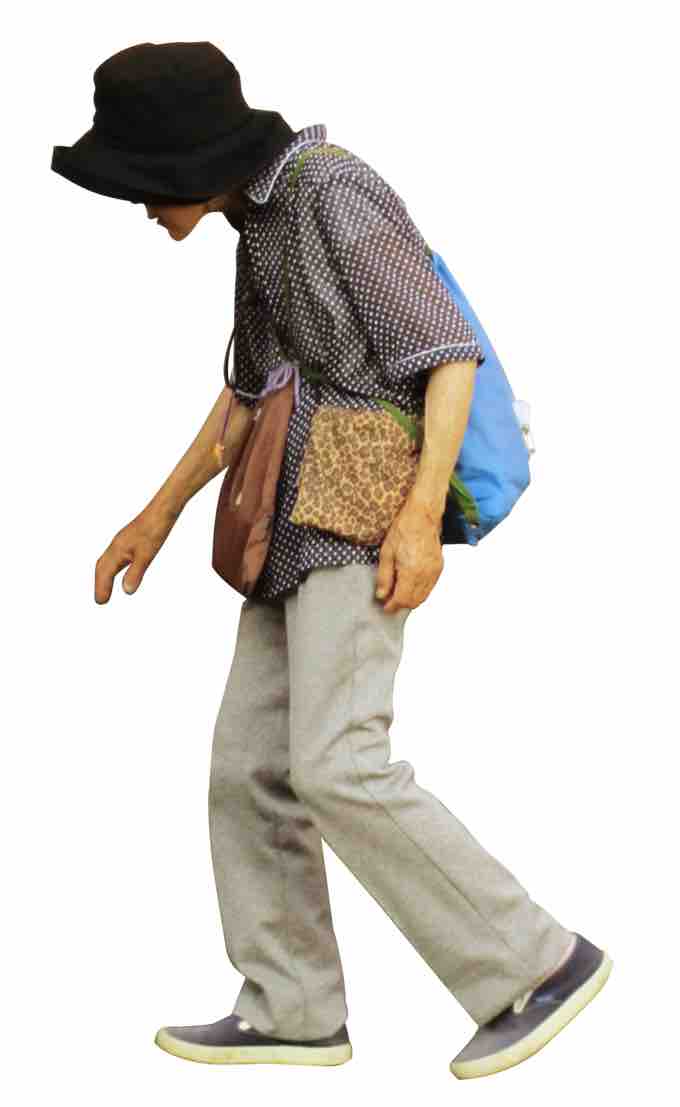Osteoporosis is a disease of the bones that leads to an increased risk of fracture. In osteoporosis, the bone mineral density (BMD) is reduced, bone microarchitecture deteriorates, and the amount and variety of proteins in bone is altered. The three main mechanisms by which osteoporosis develop are an inadequate peak bone mass (the skeleton develops insufficient mass and strength during growth), excessive bone resorption, and inadequate formation of new bone during remodeling. An interplay of these three mechanisms underlies the development of fragile bone tissue. The form of osteoporosis most common in women after menopause is referred to as primary type 1 or postmenopausal osteoporosis. Primary type 2 osteoporosis or senile osteoporosis occurs after age 75 and is seen in both females and males at a ratio of 2:1. Finally, secondary osteoporosis may arise at any age and affect men and women equally. This form of osteoporosis results from chronic predisposing medical problems or disease, or prolonged use of medications such as glucocorticoids.

Woman with Osteoporosis
Hyperkyphosis, colloquially called a "dowager's hump," refers to an anteriorly concave curvature of the thoracic region of the spine.
Treatment of Osteoporosis
Osteoporosis risks can be reduced with lifestyle changes and sometimes medication, or treatment may involve both. Lifestyle change includes diet, exercise, and preventing falls. Medication includes calcium, vitamin D, bisphosphonates, and several others. Fall-prevention advice includes exercise to tone deambulatory muscles, proprioception-improvement exercises, and equilibrium therapies. Exercise, with its anabolic effect, may at the same time stop or reverse osteoporosis.
Risks of Osteoporosis
Osteoporosis itself has no symptoms. Its main consequence is the increased risk of bone fractures. Osteoporotic fractures are those that occur in situations where healthy people would not normally break a bone. They are, therefore, regarded as fragility fractures. Typical fragility fractures occur in the vertebral column, rib, hip, and wrist.